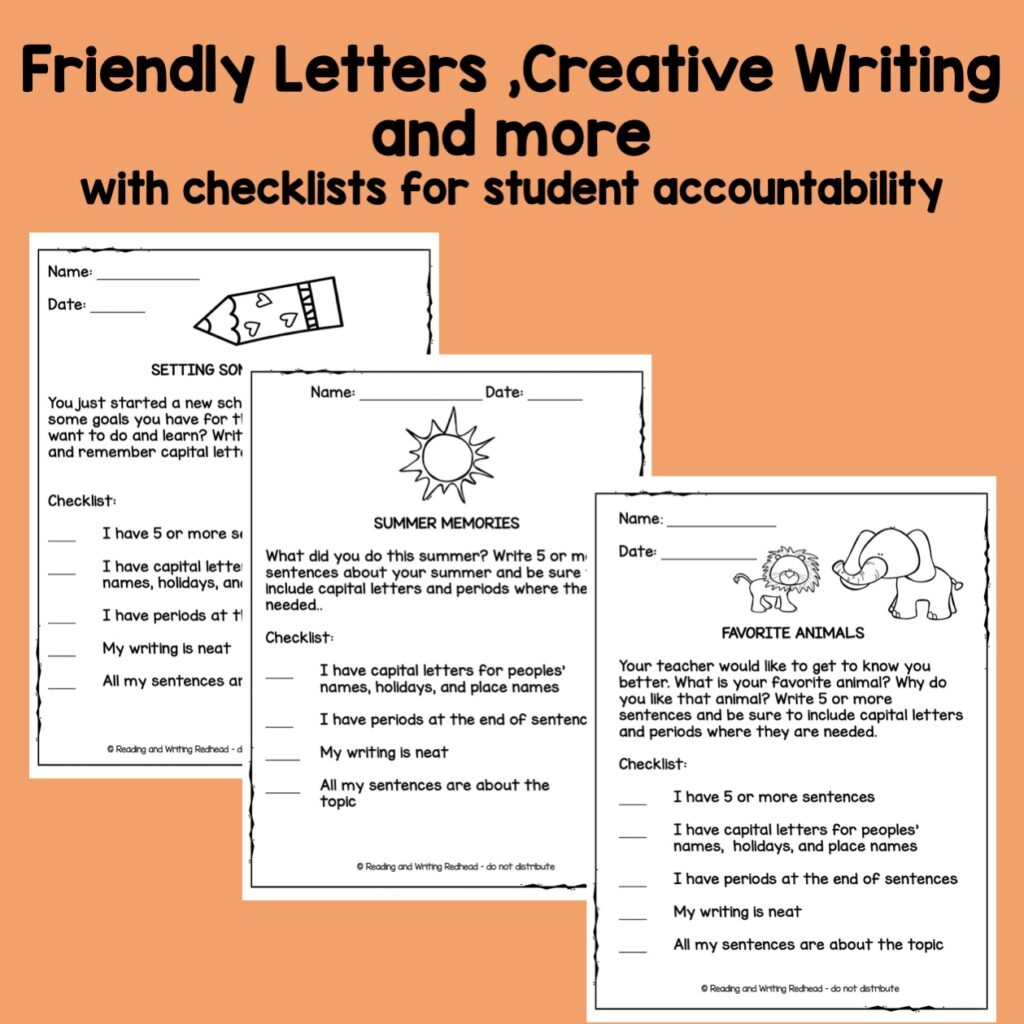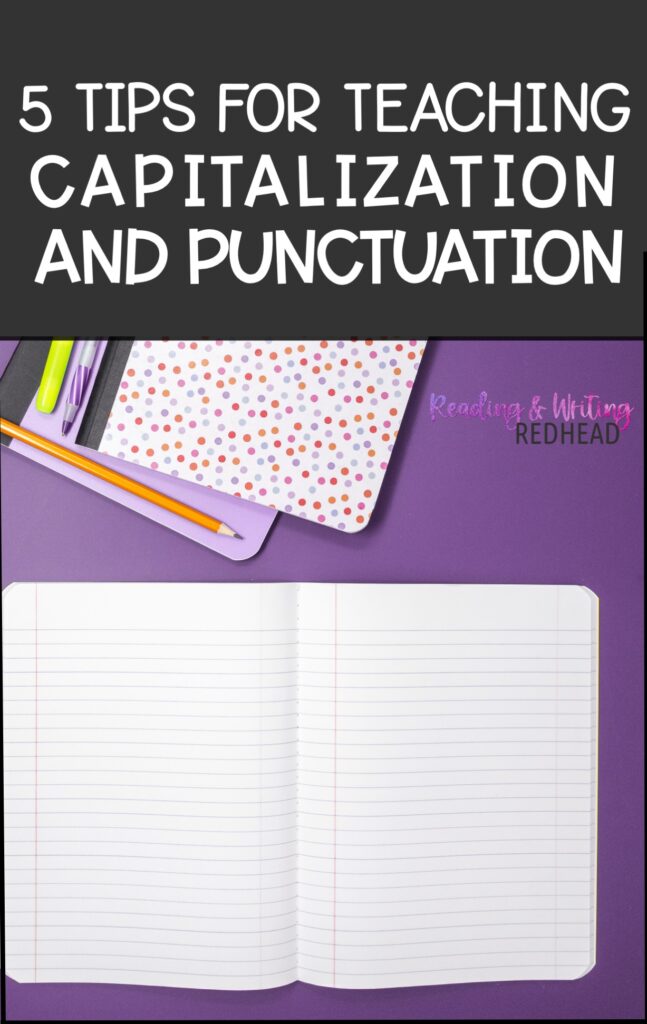
5 Tips for Teaching Capitalization and Punctuation
Teaching capitalization and punctuation so students can master them in their writing can be tough for young writers. As teachers, we wonder how to support our students so they can become confident writers and self-editors. The key lies in providing them with effective strategies and lots of opportunities to practice.
Let’s check out five tips to help students confidently check their writing for correct capitalization and punctuation.
1. Peer Editing Partners
Peer editing is a powerful tool for enhancing writing skills. Students will be, in some ways, teaching capitalization and punctuation to each other. Students often respond more to feedback from their classmates than from teachers. Consider using peer editing checklists to guide the process and provide specific feedback points.
2. Empower Students with Checklists
Checklists serve as essential guides for students as they navigate the editing process. The COPS strategy (Capitalization, Ownership, Punctuation, Spelling) is a popular and effective framework. By breaking down the editing process into manageable steps, checklists help students focus on specific areas and build confidence in their abilities.
COPS is a very popular checklist that helps guide students check their writing. Here is a great example, from Second Grade Wonder on Teachers Pay Teachers. Click here or on the image to grab it from her.
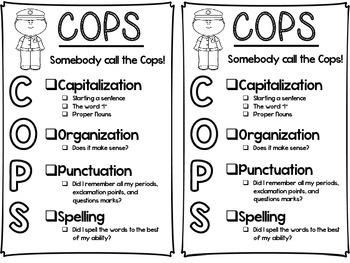
I realized that including checklists in writing prompts is an excellent way to promote student accountability and independence. For instance, my Fall Writing Prompts resource on Teachers Pay Teachers incorporates a checklist to guide students through the editing process. This can make teaching capitalization and punctuation stress-free!
All of my writing prompts on Teachers Pay Teachers always include checklists for student accountability. Here is an example from the Fall Writing Prompts:
3. Model the Editing Process Explicitly
Modeling is so important to effectively teach capitalization and punctuation use. of effective teaching. By talking through the editing process aloud, we provide students with a clear understanding of both the expectations and thinking processes involved.
Use mentor texts or create your own examples to highlight specific capitalization and punctuation rules. Whether working with small groups or the whole class, modeling helps students visualize the editing process and apply it to their own writing.
Keep reading for even more tips!
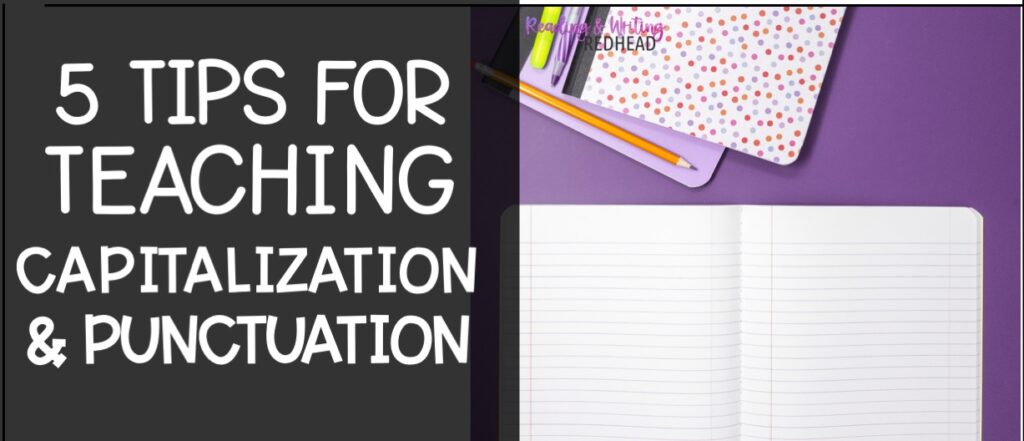
4. Master One Skill at a Time
To avoid overwhelming students, it’s important to make sure you are teaching capitalization and punctuation skills gradually. Focusing on one skill at a time allows students to develop a strong foundation before moving on to more complex rules.
For example, at first you might want to only concentrate on capitalizing the beginning of sentences and proper nouns. By breaking down the learning process into steps, you can prevent frustration and build students’ confidence.
5. Harness the Power of Practice
Consistent practice is so important for students to mastering any skill, and writing is no exception. Incorporating proofreading activities into a daily routine can make a difference!
Printable worksheets with sentence-level editing tasks offer a convenient and engaging way to practice identifying and correcting errors. Plus they make it a cinch when you are teaching capitalization and punctuation use and self-editing.
By providing students with ready-to-use resources and support, you can empower them to become independent editors.
Remember: Celebrate your students’ progress and provide positive reinforcement throughout the year. This will help students develop the confidence and skills needed to become proficient editors.
Ready to Go Activities from Teachers Pay Teachers
Wouldn’t be it easy for you if you had ready-to-use activities and resources from Teachers Pay Teachers to incorporate into your lessons for teaching capitalization and punctuation? These proofreading “fix-it” printable worksheets have editing practice for sentences so they can find errors in their own writing.
To help you or substitute teachers, answer keys are included so it’s great for sick days! They are a great and effective way to help students check their writing!
.
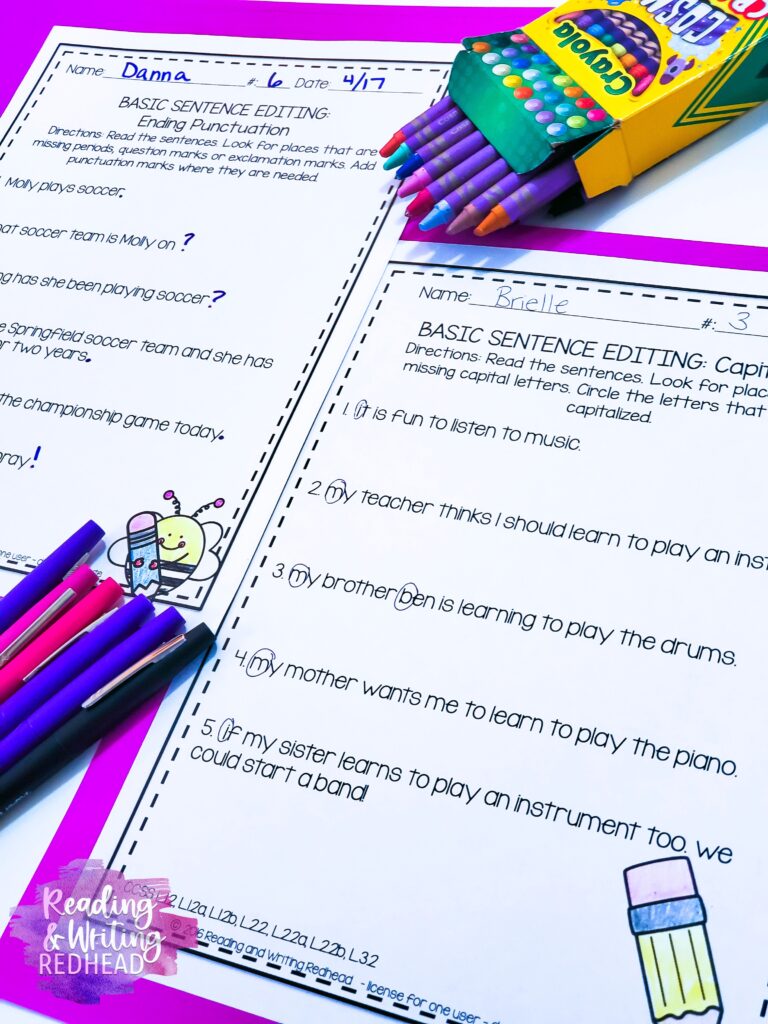
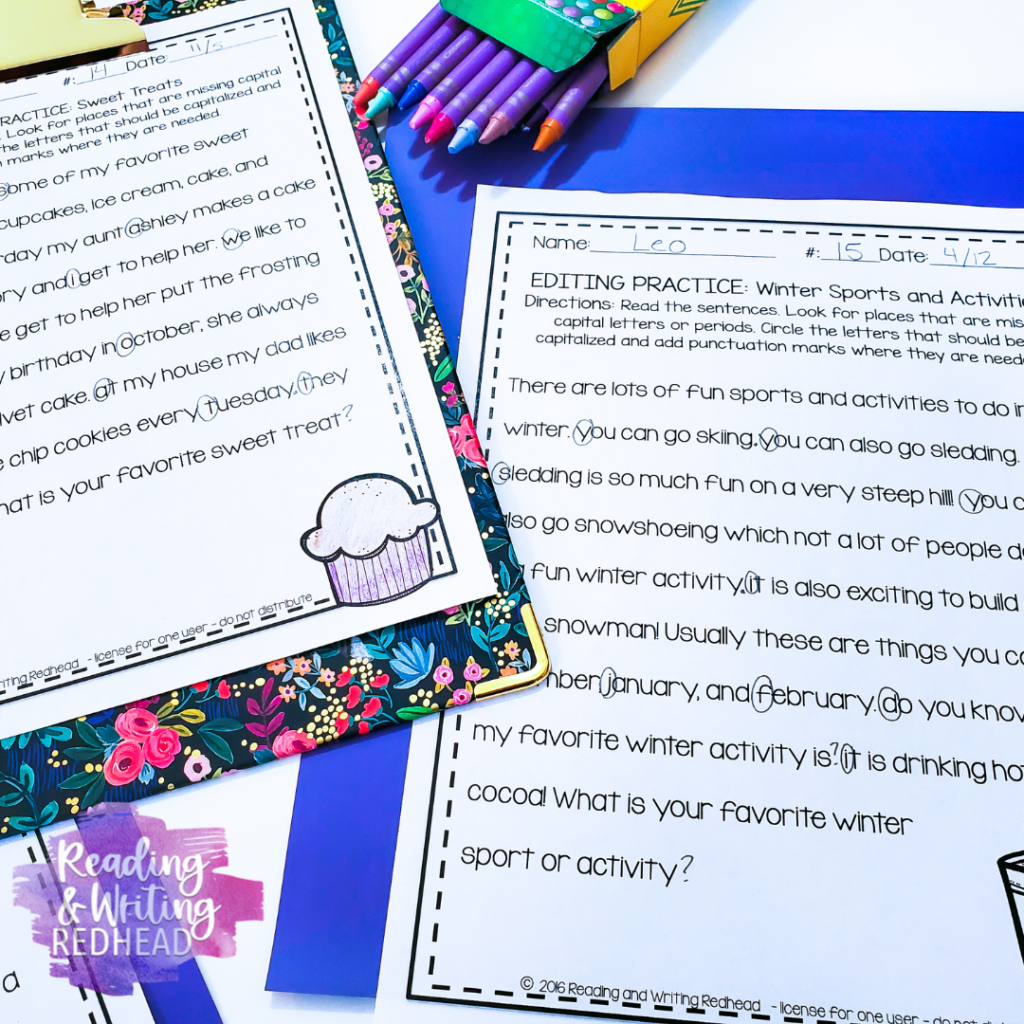
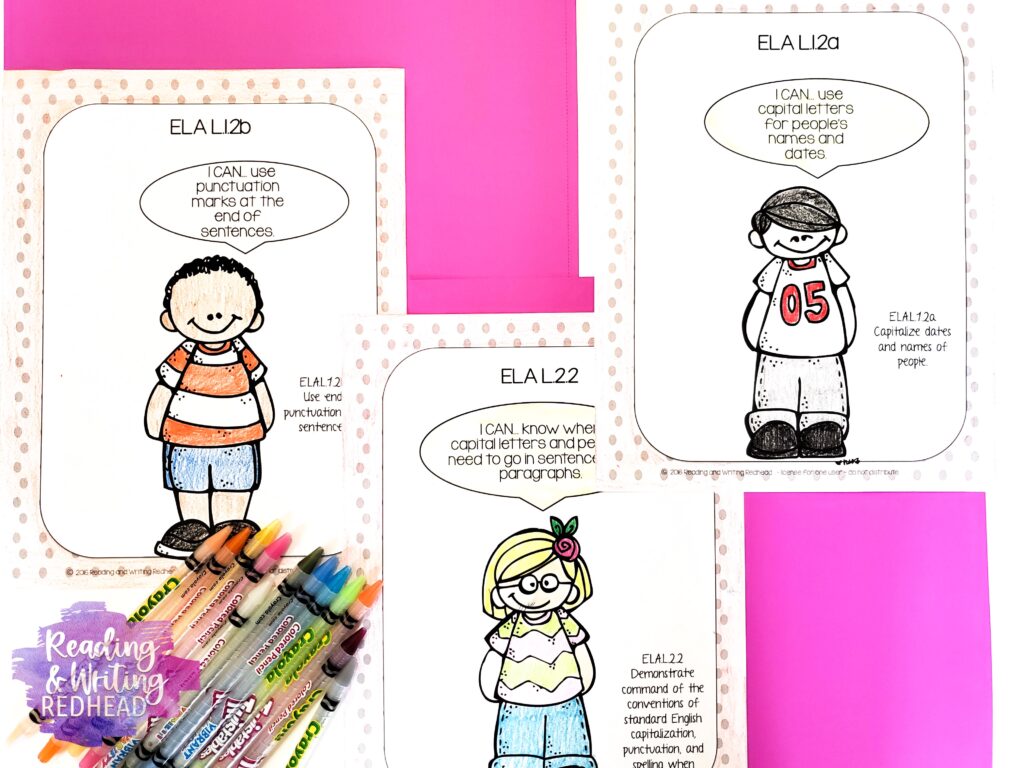
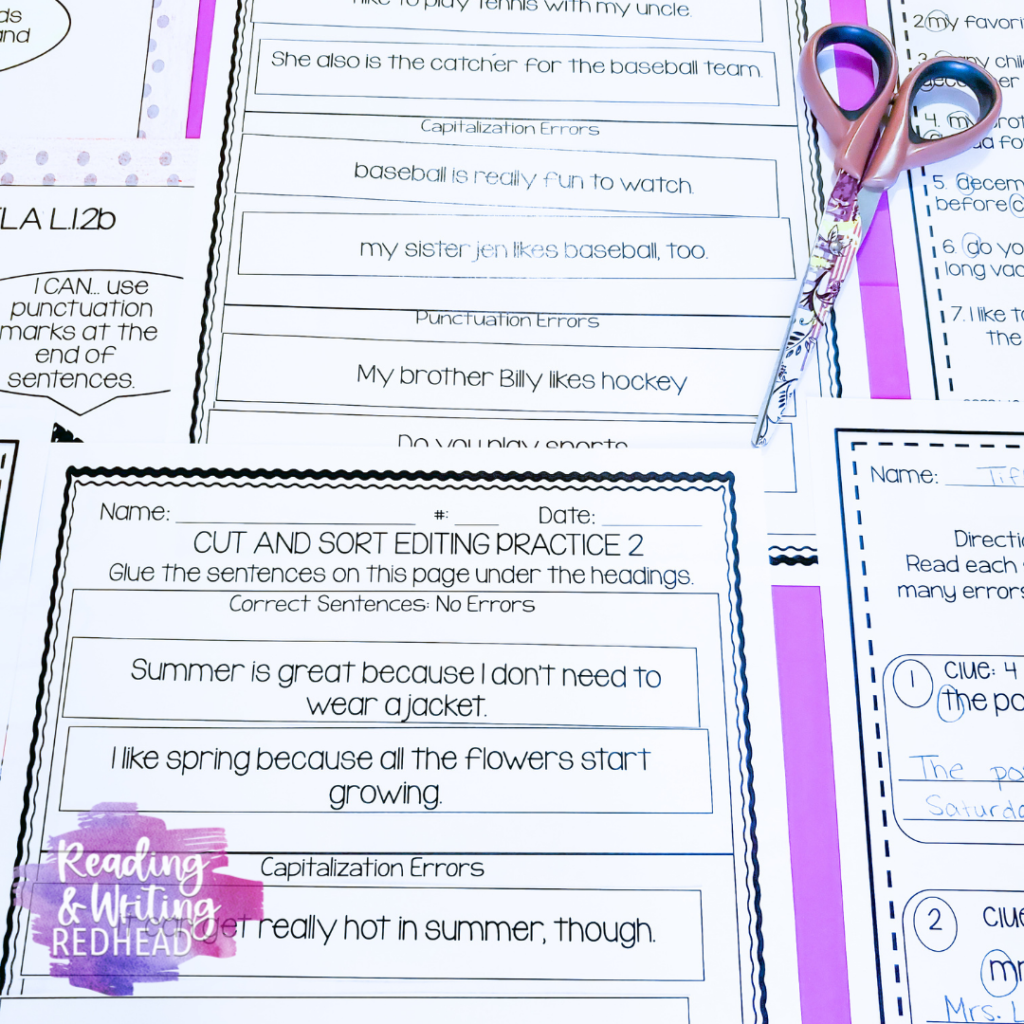
Five Star Reviews:
Check out some teacher feedback – I know I always read feedback when I am looking for something, so let me share it so you don’t have to go on a hunt!
Feedback for the first resource: “My students have been working well with this resource. They are able to complete the work with minimal assistance and has already made a difference in their editing of their own writing.”
For the second: “This a great resource. It allows my students to have multiple practice with editing. Great buy!”
And one piece of feedback for the bundle of both: “Love being able to find things out there that make teaching easier! This is one of those items that helped kids enjoy doing some editing and proofreading. Thanks!”
Other blog posts you may want to check out:
- Back to School Writing Tips
- Capitalization Made Easy: Tips for Young Writers
- 5 Ways to Get Students Excited about Writing
If you want to save this blog post on teaching capitalization and punctuation for later, pin this image below! If you try any of the strategies, or grab the Fall Writing Prompt Collection or the Editing and Proofreading practice let me know! Please take a moment on Facebook to leave feedback. It means so much to me!
Do you go back to school soon? We go back in two weeks! If you are heading back to school, this week you got this!!


